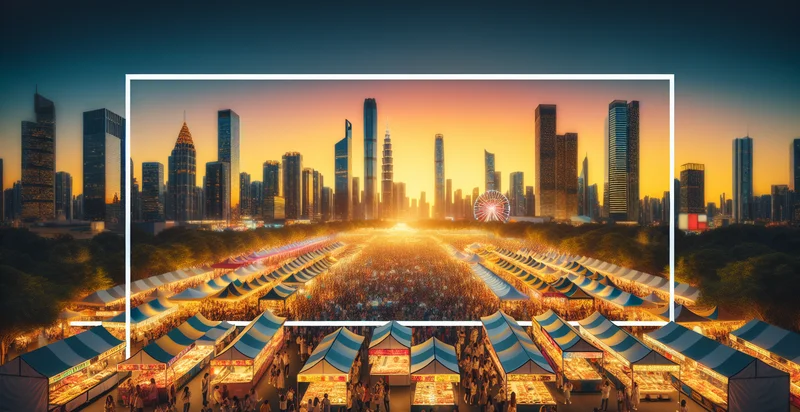Identify type of skyline
using AI
Below is a free classifier to identify type of skyline. Just upload your image, and our AI will predict what type of skyline it is - in just seconds.

Contact us for API access
Or, use Nyckel to build highly-accurate custom classifiers in just minutes. No PhD required.
Get started
import nyckel
credentials = nyckel.Credentials("YOUR_CLIENT_ID", "YOUR_CLIENT_SECRET")
nyckel.invoke("type-of-skyline", "your_image_url", credentials)
fetch('https://www.nyckel.com/v1/functions/type-of-skyline/invoke', {
method: 'POST',
headers: {
'Authorization': 'Bearer ' + 'YOUR_BEARER_TOKEN',
'Content-Type': 'application/json',
},
body: JSON.stringify(
{"data": "your_image_url"}
)
})
.then(response => response.json())
.then(data => console.log(data));
curl -X POST \
-H "Content-Type: application/json" \
-H "Authorization: Bearer YOUR_BEARER_TOKEN" \
-d '{"data": "your_image_url"}' \
https://www.nyckel.com/v1/functions/type-of-skyline/invoke
How this classifier works
To start, upload your image. Our AI tool will then predict what type of skyline it is.
This pretrained image model uses a Nyckel-created dataset and has 15 labels, including Desert Skyline, Futuristic Skyline, High-Rise Skyline, Historic Skyline, Industrial Skyline, Minimalist Skyline, Mixed-Use Skyline, Mountain Skyline, Night Skyline and Rural Skyline.
We'll also show a confidence score (the higher the number, the more confident the AI model is around what type of skyline it is).
Whether you're just curious or building type of skyline detection into your application, we hope our classifier proves helpful.
Related Classifiers
Need to identify type of skyline at scale?
Get API or Zapier access to this classifier for free. It's perfect for:
- Urban Planning Tool: The false image classification function can be utilized by urban planners to identify and categorize different types of skylines in a city. By analyzing skyline images, planners can make more informed decisions regarding zoning, architectural style regulations, and future developments based on the visual identity of neighborhoods.
- Real Estate Marketing: Real estate agents can leverage this technology to enhance property listings by identifying nearby skylines and providing potential buyers with targeted information about the types of views they can expect. This can differentiate properties in competitive markets and attract buyers interested in specific skyline aesthetics.
- Tourism Promotion: Tourism boards can use this function to develop targeted marketing campaigns by identifying skylines that appeal to specific demographics. By showcasing diverse skyline types, they can attract different visitor groups and promote local attractions that match their interests.
- Social Media Analytics: Companies can analyze social media images that feature different skylines to understand trending tourist destinations and popular local spots. This insight can guide marketing strategies and content creation by focusing on visually appealing locations that resonate with their audience.
- Architecture and Design Research: Researchers in architecture can use the classification function to study skylines and their visual impact on urban landscapes. By categorizing different styles and structures, researchers can draw conclusions about urban development trends and the historical evolution of city skylines.
- Environmental Impact Assessments: Environmental consultants can employ skyline identification to assess potential impacts of new constructions on existing views and visual landscapes. This data can inform stakeholders and guide compliance with local visual impact regulations during project planning.
- Insurance Risk Assessment: Insurance companies can utilize skyline classification to analyze property risk profiles based on surrounding skyline features. By identifying buildings likely to be impacted by natural disasters (like hurricanes or earthquakes), insurers can assess risk levels more accurately and offer tailored policies to property owners.


